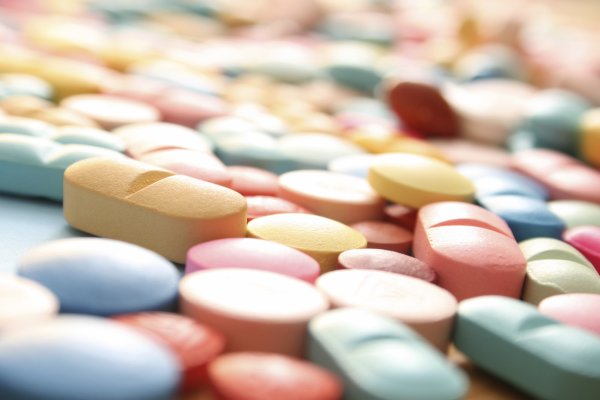Why drug dosing matters
16 April 2015
Artemisinin-based combination therapies (ACTs) are currently the treatment of choice for falciparum malaria in most endemic settings. The rationale behind the use of the combination therapies is that the artemisinin derivative will rapidly reduce the parasite density because of its high potency antimalarial effect; while the partner drug with a longer half life will clear the remaining parasites. To cure a patient of malaria, both components of an ACT need to function effectively, so resistance to either drug is important.

What is drug resistance?
Drug resistance is characterised by genetic changes in the parasite that allow it to survive exposure to a concentration that should normally kill it. However, many factors other than parasite mutations affect whether a resistant parasite survives, spreads and takes over the population. Recently, the WWARN network initiated a series of pooled analyses of individual patients’ data to assess the patient related factors associated with failure following treatment with the 3 main ACTs: artemether-lumefantrine (AL), artesunate-amodiaquine (ASAQ) and dihydroartemisinin-piperaquine (DP).
The appropriate dose of a drug must be optimised before a drug is registered for routine use, but dosing studies are mostly conducted in adults with extrapolation to younger age groups. Even though infants and small children are a major group among those with malaria, studies to determine the right dose for these groups are hard to conduct and often relevant dosing data are unavailable.
Importantly metabolism of drugs in children may not be the same as in adults, so the relationship between the tablets taken and how much drug is measured in the patient’s body can differ greatly. Young children may in fact need higher doses to reach the same blood concentrations and efficacy.
WWARN partners developed an innovative approach to determine whether vulnerable patients groups were really getting a dose of ACT to cure their malaria. We worked with more than 260 partners worldwide to collect more than 70 per cent of all published clinical trials with ACTs and collate them into a standardised format that can be analysed together. This very large pooled analysis allows us to examine the characteristics of the patients who failed treatment and determine what those patients have in common.
Despite the fact that ACTs are still working very well in most malaria endemic areas and most patients are cured, the small numbers of patients failing it important to identify emerging risks and threats to patients and identify factors which might be contributing to drug resistance emerging or spreading.
What did the large scale data analysis tell us?
Our findings show that young patients and patients with large numbers of parasites in their blood are at greater risk of treatment failure. After repeated episodes of malaria, people develop some immunity, and this works with drugs to control the number of parasites. But immunity takes time to develop, so young children don’t yet have sufficient immunity to boost the effectiveness of the drugs.
Our results showed that many children aged between 1 and 5 years who were treated with the recommended amount of the ACT called DP were actually receiving a lower amount of the drug than expected, and these children were much more likely to fail treatment.
What else contributes to treatment failure?
Malnutrition was also found to be an important contributor to the treatment failure of AL, especially in young children in Africa. This was not apparent in other WWARN pooled analyses of ACTs perhaps, because the measure used in our analyses (weight for age) is a very crude measure of malnutrition status. However in patients treated with AL malnourished children were at higher risk of failing treatment compared to children who were well-nourished. Plausible explanations include the effects of malnutrition on drug metabolism or an associated reduction in patient host immunity.
The third ACT that WWARN examined was artesunate-amodiaquine, a regimen which is dispensed in three different ways. Some patients get the two pills separately, others get them in a blister pack and others get the two drugs already made into a single pill. Our analysis showed that providing the artemisinin and amodiaquine as a single pill was more effective. Patients who received the loose combinations were more likely to fail treatment.
And so what?
The different WWARN pooled analyses highlight the advantages of pooling data from large and diverse datasets. In the DP, AL and AQAS Study Groups there is an opportunity to optimise the current regimens so that the useful therapeutic life of vital ACT treatment regimens can be prolonged. A relatively small increase in efficacy can have a major impact of malaria cases; for instance an increase in AL efficacy from 91% to 96% could result in saving millions of cases of recurrent malaria each year.
Furthermore, a resistant parasite that evades being killed by sub-optimal antimalarial treatment can propagate, and transmit, facilitating the selection and spread of resistance. Assuring that all patients receive an optimal dose of their ACT is an important step in slowing the emergence and spread of resistance to these valuable drugs.
Find out more about our Dose Impact Study Groups
